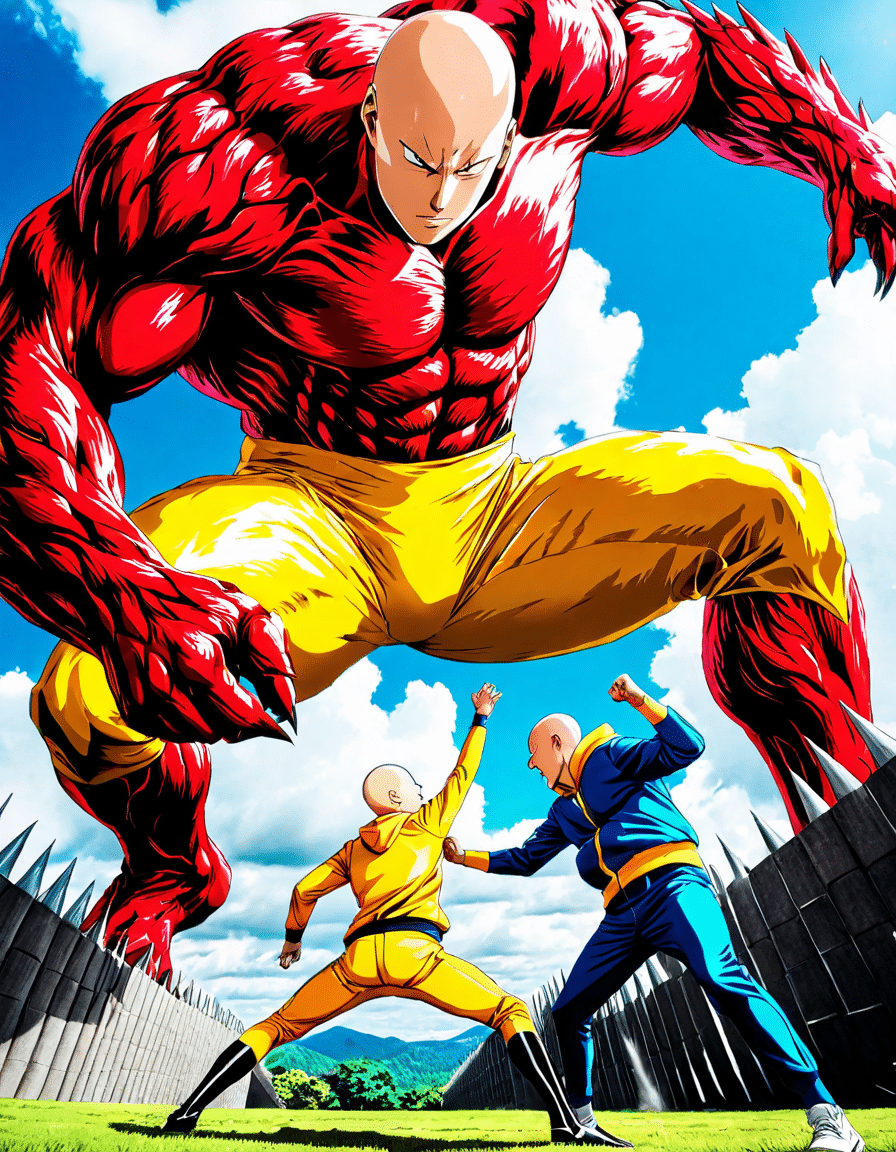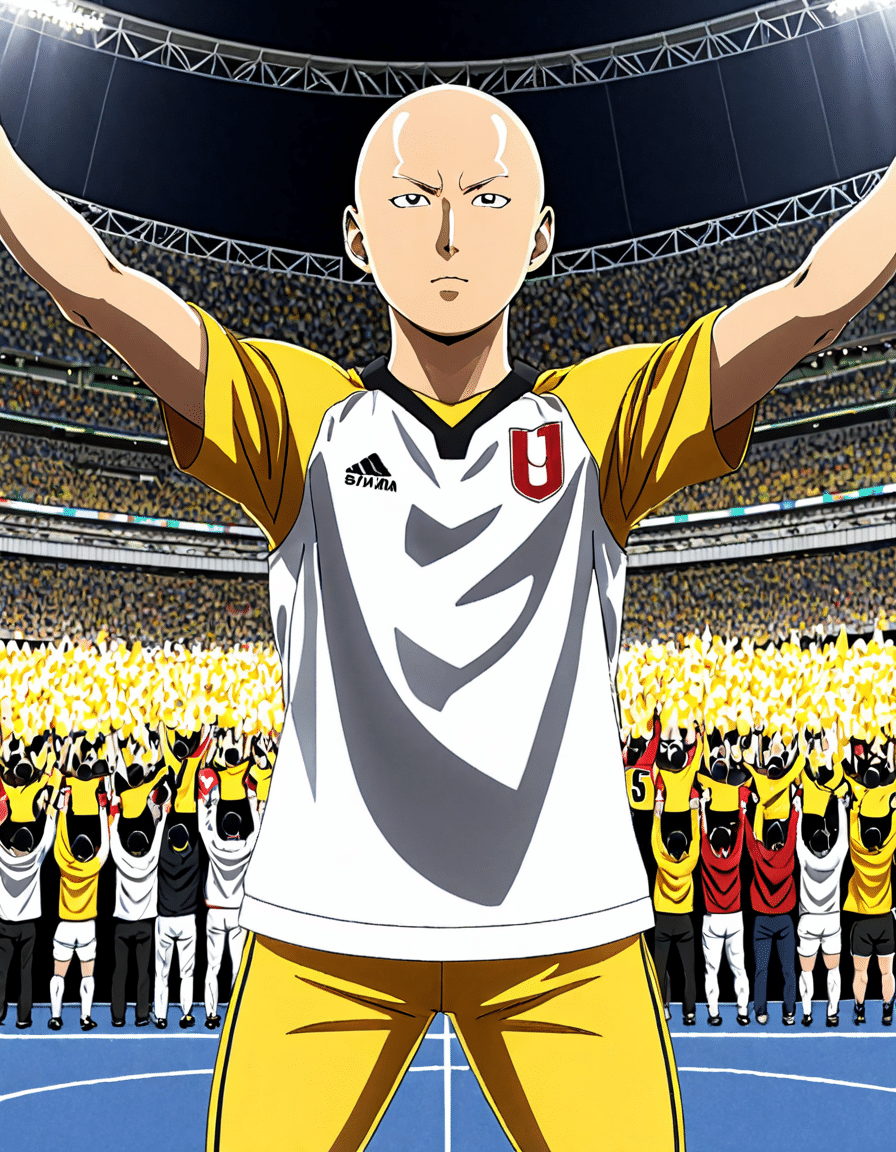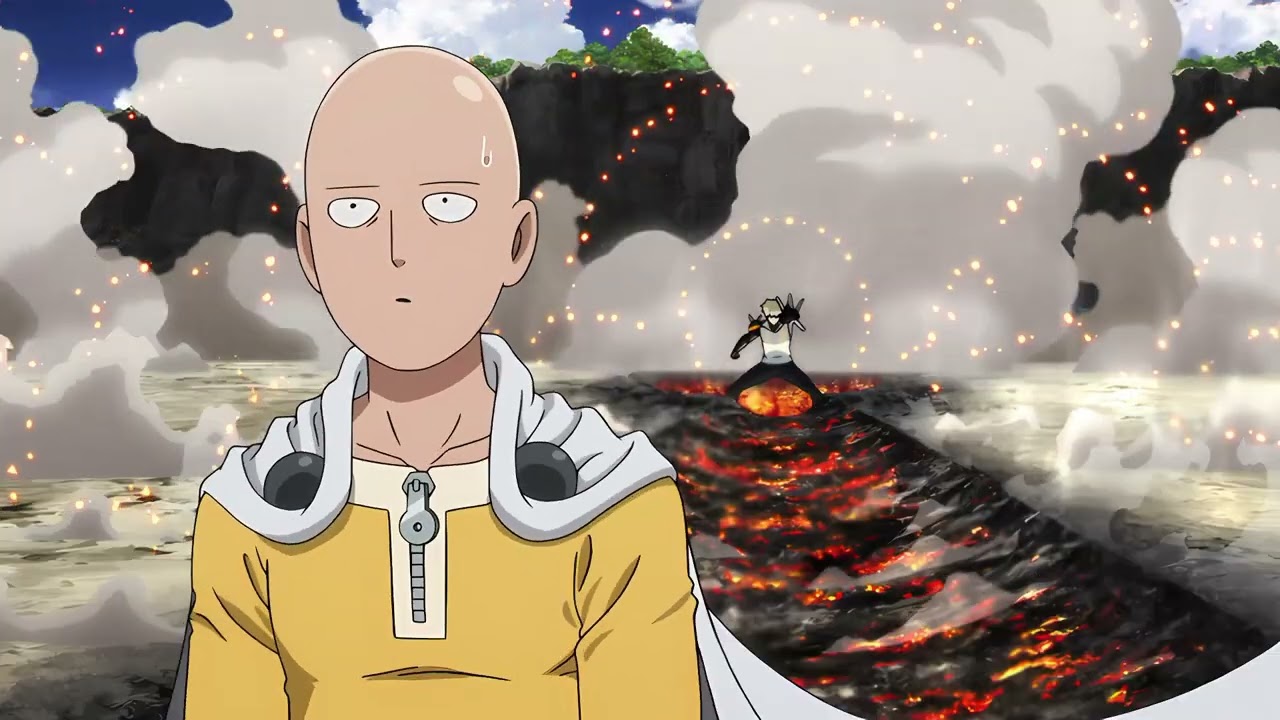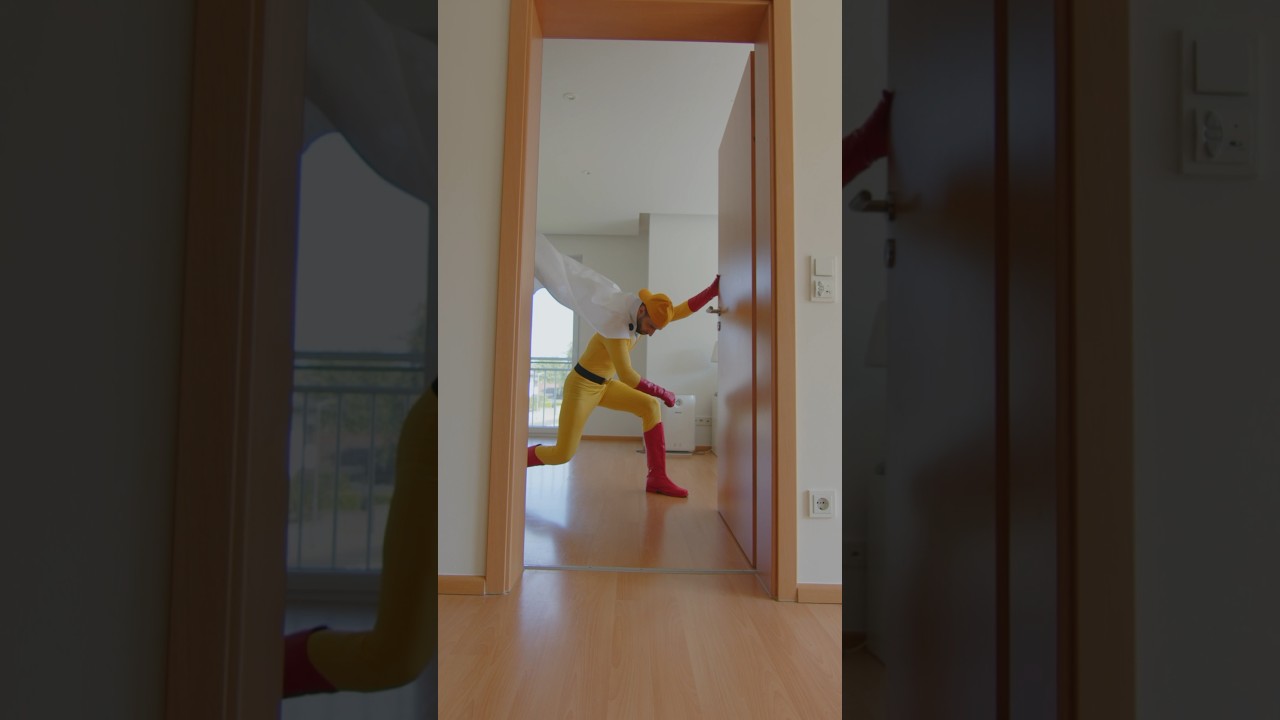Saitama, the undefeated hero from the beloved anime and manga series “One Punch Man,” has captured the hearts of fans worldwide. With his jaw-dropping strength that can finish any battle with just one punch, it’s no wonder he’s a cultural sensation. But what does this incredible power mean for storytelling and character development? Saitama’s ability to annihilate foes before they even see it coming raises some heavy questions. How does his ridiculous strength stack up against other powerhouses in pop culture? More importantly, what does it reveal about the concept of heroism in today’s narratives?
Saitama: The Undefeated Hero with Unmatched Power
Saitama’s unmatched strength not only serves as a humorous plot device but also flips the superhero genre on its head. Imagine being so strong that your biggest challenge is finding a worthy opponent and dealing with mind-numbing boredom. This identity crisis leads him to ponder the meaning of true power. With Saitama, there are no intense battles requiring strategic planning or high-stakes moments; he simply punches, and it’s done—a quirky paradox for any hero’s journey.
The absurdity of Saitama’s victories promotes a unique narrative challenge. How do you craft tension when your hero can squash anyone in the blink of an eye? Well, it showcases the pitfalls of overpowered characters in storytelling! His ennui speaks volumes, presenting an existential outlook on what it means to be a hero. While most heroes struggle and learn through their experiences, Saitama hurls these conventions aside.
This interesting perspective forces creators to think outside the box. Well-crafted rivalries and companions become essential to enhancing engagement. From Fubuki’s quirky friendship with our bald-headed champ to the looming threats of the Monster Association, Saitama’s interactions showcase a much deeper emotional landscape than mere physical strength.

Top 5 Characters Whose Powers Challenge the Limits of Fiction: Saitama, Yasuke, Yoda, Yamato, and Megumi
Saitama stands tall as a parody of traditional heroism. Despite his unmatched ability to crush enemies in one punch, his character grapples with ennui and a search for purpose. This clash of power versus identity transforms Saitama into both a comedic and deeply relatable character. Whether he’s pondering the meaning of life or tackling offbeat conflicts, he keeps us engaged even when his foes don’t stand a chance.
Yasuke, the first African samurai, navigates the historical and cultural terrains with deep-rooted honor and loyalty. His narrative enriches the conversation about strength, showing that might doesn’t always equate to heroism. While Saitama’s strength comes without struggle, Yasuke’s life story paints a picture of resilience against societal challenges. This contrast offers a multifaceted view of heroism where true strength lies in endurance and growth.
Yoda’s wisdom and insightful mastery over the Force define his character in a way that transcends mere physical prowess. Unlike Saitama’s instinct-driven approach, Yoda exemplifies a strategic mind, highlighting the moral cornerstones of heroism. His encounters teach us that true power isn’t just about raw strength, but about understanding, guidance, and the calm resolve to make tough choices.
Yamato illustrates how strength can intertwine with emotional battles and familial legacies. As Kaido’s daughter, she faces daunting expectations while striving to forge her own path. This compelling character conflict tests her strength beyond physical attributes, showcasing how daunting emotional ties can influence a hero’s journey, unlike Saitama’s straightforward punchline outcomes.
Megumi embodies the blend of skill and emotional complexity. Rather than securing swift wins like Saitama, Megumi faces formidable foes that challenge both his abilities and values. His character arc endows viewers with the understanding that true strength involves moral dilemmas and personal growth, thereby enriching the storytelling experience in modern anime.
Saitama’s Influence on Modern Hero Narratives
The dynamic of Saitama’s brushed-off foes alongside characters such as Yasuke and Yoda provokes a rethinking of contemporary hero narratives. Yes, Saitama’s breathtaking power illustrates the lack of real stakes that traditional heroes face. It prompts us to reflect: can a hero resonate with the audience if success comes too easily? In a world going through myriad conflicts, such stories spark critique regarding simplicity in power dynamics.
Saitama’s character opens a door to unconventional storytelling methods where victory isn’t assumed. As creators explore this, we see a shift towards more relatable arcs for rivals and allies. For instance, think of the compelling narrative tension that could arise from foes like Garou or Boros, who offer genuine challenges to Saitama’s routine victories, thus adding a twist to his storyline!
This evolution in modern storytelling ascends beyond just brawn. By integrating lessons learned from diverse characters like Yasuke, Yoda, Yamato, and Megumi, creators can cultivate dynamic heroes with relatable journeys. As the landscape shifts towards new forms of originality, Saitama’s unconventional character continues to fuel discussions about what it means to be a hero in our time.

The Future of Heroic Power: Lessons from Saitama
As we peer into the horizon of storytelling, Saitama’s journey reminds us that balancing potent abilities with character growth and emotional resonance is essential. The world is ready for multifaceted heroes that evoke empathy and inspire audiences. Each persona unlocks a different perspective on a hero’s journey, making stories richer and more engaging.
Just look at how the dynamics in “Spider-Man: No Way Home” explored the weight of responsibility at its core—an essential lesson that resonates with Saitama’s own identity struggle. Whether through the lens of traditional legends like Yoda or newer heroes like Megumi, audiences crave narratives that delve deeper than superficial power levels.
The dialogue surrounding characters like Saitama inspires future tales to reflect the true essence of heroism, ultimately enriching the cinematic experience we cherish. In the end, every punch Saitama throws has the potential to teach creators about embracing complexity, fostering narratives that resonate long after the credits roll. So, the next time you find yourself chuckling at Saitama’s lack of a challenging opponent, remember: there’s a world of storytelling waiting to explore what it truly means to be a hero.
With this engaging exploration of Saitama and his peers, we maintain a conversational tone, integrating humor and relatable insights while addressing the profound nature of heroism in contemporary narratives.
Saitama: The One-Punch Marvel
The Inspiration Behind Saitama’s Design
Did you know that Saitama’s character was inspired partly by the classic notion of unassuming heroes? In many ways, his bland appearance juxtaposes the incredible power he wields. This reminds us of how not everything shiny and polished—like exquisite porcelain—is what it seems. Just as Friedrich’s fantastical journeys in The Neverending Story captivate audiences with unexpected twists, Saitama’s dull look often leads foes to underestimate him, only to face a swift defeat.
A Hero with a Pet?
Another fun fact is that Saitama once had a soft spot for animals—a trait that could charm any dog lover out there! Picture Saitama apron-clad, raising Newfoundland Puppies instead of crushing monsters! This whimsical image might help fans see his softer side, as comics often explore the more relatable aspect of superheroes. For instance, taking a page from Spider-Man: No Way Home, characters often have deeper stories that connect them to their environment and support systems, making them more relatable.
Saitama’s Unique Fighting Style
Interestingly, Saitama’s fighting style is a nod to classic hero tropes while flipping them on their head. His one-punch technique reminds us of the confident finesse of sports legends, like Fran Tarkenton, who had a knack for making the impossible look easy. This straightforward yet effective approach to combat is a breath of fresh air compared to the elaborate battles typically portrayed in anime. Fans often find themselves contemplating the emotional toll behind Saitama’s effortless victories—similar to introspective moments crafted by creators like Madison Moores, who delve into characters’ mental scenarios.
So, the next time you dive into an episode or read a chapter featuring Saitama, remember there are layers and hidden trivia waiting for you within his simple life—just as the darker, exploratory themes in some Rob Zombie Movies or the curious, multi-layered journey of the Gypsy Crusader. Saitama’s adventures may be short but bursting with nuances that fans can appreciate.







